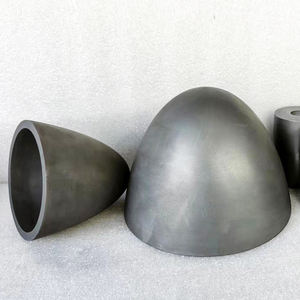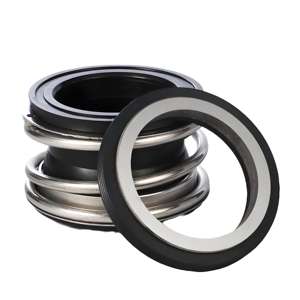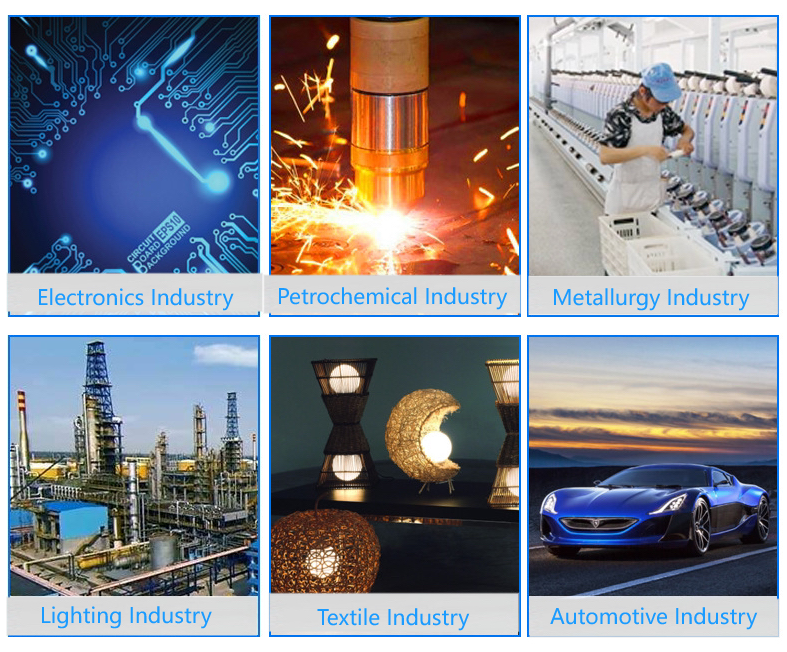Professional industry ceramic supplier, silicon nitride, silicon carbide, aluminum nitride and any other kinds of ceramics.
PRODUCT PARAMETERS
Description
Overview of 1600c 1800c 1900c Heat Thermal Insulation Board Aluminum Silicate Refractory Ceramic Fiber Board For Furnace Oven Stove
1600c 1800c 1900c Heat Thermal Insulation Board Aluminum Silicate Refractory Ceramic Fiber Board For Furnace Oven Stove are non-metallic substances designed to withstand extreme temperatures exceeding 1,000°C, along with harsh chemical and physical stresses. They are essential for the inner linings of industrial furnaces, kilns, reactors, and incinerators, providing critical thermal insulation and structural integrity in processes ranging from metal and glass manufacturing to power generation.
Features of 1600c 1800c 1900c Heat Thermal Insulation Board Aluminum Silicate Refractory Ceramic Fiber Board For Furnace Oven Stove
-
High-Temperature Resistance: Maintain structural strength and stability at temperatures often exceeding 1500°C.
-
Excellent Thermal Shock Resistance: Withstand rapid heating and cooling cycles without cracking or spalling.
-
Chemical Inertness: Resist corrosion and degradation from slags, molten metals, and acidic or basic environments.
-
High Mechanical Strength: Possess considerable load-bearing capacity at operating temperatures.
-
Low Thermal Conductivity: Provide effective insulation to improve energy efficiency and protect furnace structures.
-
Abrasion Resistance: Withstand erosion from solid materials and gas flows.
Specification of 1600c 1800c 1900c Heat Thermal Insulation Board Aluminum Silicate Refractory Ceramic Fiber Board For Furnace Oven Stove
This light weight aluminum silicate ceramic fiber board handles severe heat. It’s for lining furnaces, stoves, kilns, and stoves. The board protects very well. This maintains warmth inside your equipment. You save power. Your tools runs much more successfully. The board endures continual temperatures up to 1600 ° C(2912 ° F). Some grades handle 1800 ° C( 3272 ° F)or perhaps 1900 ° C (3452 ° F). Examine the particular board score for your requirements. The product is lightweight. It’s much lighter than old firebricks. Setup is much easier. Structural anxiety is lower. The board has low thermal conductivity. Heat does not pass through it quickly. Your heater surface remains cooler. This enhances security. Workers face less danger near warm devices. The board resists thermal shock. Quick temperature adjustments will not split it. This is critical for biking commercial procedures. It provides excellent chemical security. Most furnace atmospheres will not harm it. The board has a regular density, normally 220-260 kg/m TWO. This makes sure even efficiency. Criterion thicknesses are available. You can obtain 10mm, 25mm, 50mm, and others. Custom dimensions are feasible as well. The board is stiff. It holds its form well during usage. Reducing and shaping is straightforward. You can fit it precisely to your heater shapes. Usual applications consist of heating system cellular linings, kiln vehicle tops, and growth joint filler. It benefits heater blocks and thermal barrier. Backing insulation for firebrick is another use. The board is white or beige. It’s made from thawed alumina and silica sand. The fibers are spun and adhered. Then it’s pushed and heated. This develops a solid, stable item. It satisfies CE and ISO criteria. Fire security is excellent. The product is non-combustible. It will not fan to a fire. Handling needs treatment. Put on gloves and a mask. Loosened fibers can aggravate skin and lungs. Installation is simple. Suffice with a saw. Safeguard it with anchors or glue. It bonds well to steel coverings. This board offers reliable, long-lasting insulation. It safeguards your tools.
Applications of 1600c 1800c 1900c Heat Thermal Insulation Board Aluminum Silicate Refractory Ceramic Fiber Board For Furnace Oven Stove
These insulation boards battle heat loss in hot devices. They are made from special ceramic fibers. Aluminum silicate provides strength. They deal with temperature levels as much as 1900 ° C. This is critical for heaters, ovens, and ovens.
3 primary qualities exist. The 1600 ° C board functions well for lots of commercial heating work. It provides good insulation at reduced expense. The 1800 ° C board takes care of tougher warmth. It fits areas requiring extra security. The 1900 ° C board is for the best spots. It resists severe temperatures accurately.
The boards are stiff and simple to reduce. You form them to fit your heating system or oven cellular lining. They set up straight versus warm surface areas or behind firebricks. This configuration maintains heat inside the functioning chamber. Your devices uses much less energy. Fuel expenses decrease.
Warmth doesn’t go through these boards easily. This protects the outer heater structure. Steel parts last longer. The boards likewise save space. You require less thick insulation compared to older materials. Workers near the equipment feel much less radiant heat.
These ceramic fiber boards are difficult. They withstand bumps and resonances in busy plants. They do not reduce much under constant heat. This maintains the insulation effective. Heater cellular linings stay intact much longer. Maintenance intervals get longer.
Use them in steel warmth treatment heating systems. Use them in ceramic kilns. Factory melting furnaces require them. Glass storage tanks benefit from their insulation. They are crucial in petrochemical biscuits. Even pizza stoves use similar boards. They handle heat safely and effectively.
Company Profile
Tanki New Materials Co.Ltd. focus on the research and development, production and sales of ceramic products, serving the electronics, ceramics, chemical and other industries. Since its establishment in 2015, the company has been committed to providing customers with the best products and services, and has become a leader in the industry through continuous technological innovation and strict quality management.
Our products includes but not limited to Aerogel, Aluminum Nitride, Aluminum Oxide, Boron Carbide, Boron Nitride, Ceramic Crucible, Ceramic Fiber, Quartz Product, Refractory Material, Silicon Carbide, Silicon Nitride, ect. please feel free to contact us.
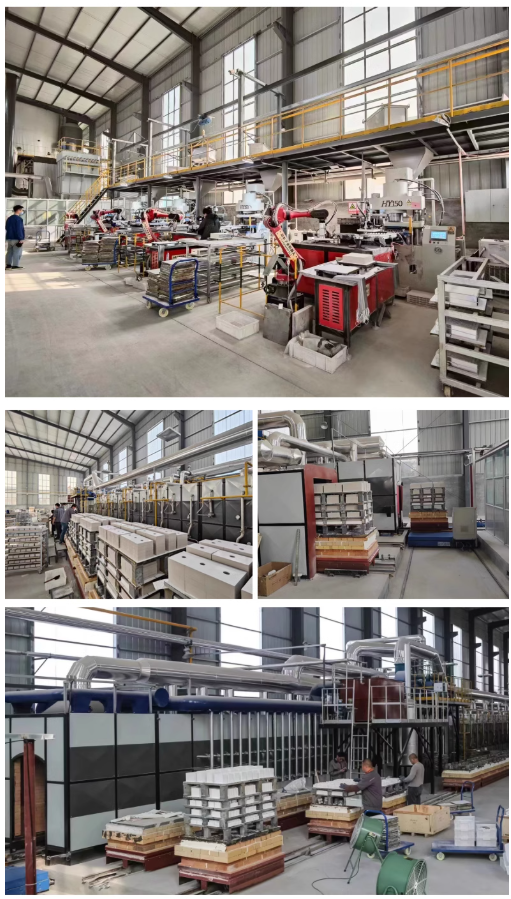
Payment Methods
T/T, Western Union, Paypal, Credit Card etc.
Shipment Methods
By air, by sea, by express, as customers request.
5 FAQs of 1600c 1800c 1900c Heat Thermal Insulation Board Aluminum Silicate Refractory Ceramic Fiber Board For Furnace Oven Stove
What are these ceramic fiber boards? They are insulation boards for high heat applications. People call them aluminum silicate boards or refractory fiber boards. They are made from special ceramic fibers. These fibers get pressed together. The result is a strong, lightweight board. It handles extreme temperatures very well. People use them inside furnaces, ovens, kilns, and stoves. They line the walls, roofs, and doors. Their main job is keeping heat inside the equipment. This saves energy. It also protects the outer furnace structure.
What temperatures can they handle? The boards come in different grades. Each grade has a maximum temperature. The 1600C board works up to 1600 degrees Celsius (2912F). The 1800C board works up to 1800C (3272F). The 1900C board works up to 1900C (3452F). Choosing the right grade is crucial. It must match your furnace’s operating temperature. Using a board below its rating is unsafe. The board could fail.
How do you install these boards? Installation is straightforward. The boards are rigid. You can cut them easily. Use a saw or knife. Cut them to the needed size and shape. Then position them inside your furnace or oven. Secure them with special high-temperature anchors or adhesive. Ensure a tight fit. Good installation prevents heat leaks. It also makes the boards last longer. Proper sealing is important too.
Why choose these over other insulation? These boards offer big advantages. First, they block heat extremely well. This means your furnace heats faster. It also uses less fuel. Second, they are very light. Heavy insulation stresses furnace structures. This doesn’t. Third, they handle thermal shock. Sudden temperature changes won’t crack them. Fourth, they are chemically stable. Most furnace atmospheres won’t damage them. Fifth, they last a long time under heat.
Are these boards safe to handle? The boards themselves are generally safe once installed. Take care during installation. The ceramic fibers are small. Wear protective gear. Use gloves, safety glasses, and a dust mask. Cutting or drilling creates dust. Avoid breathing this dust in. Good ventilation helps. Keep the work area clean. Wash hands after handling the material. Once installed and heated, the fibers bond together. Dust risk is much lower then. Always follow the manufacturer’s safety instructions.
REQUEST A QUOTE
RELATED PRODUCTS
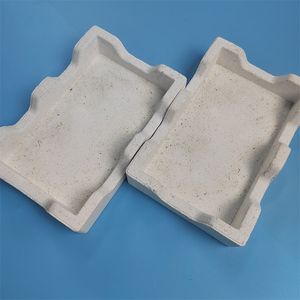
High Aluminum Refractory Castable DIY Levels Ceramic Raw Materials Alumina Cement-Direct
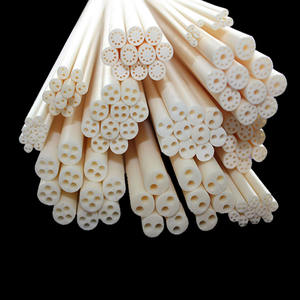
Free Sample Raw Calcined Clay for Ceramics Paints Rubber Refractory Papermaking

Wollastonite Powder Refractory Material, Ceramic Coating Addition, Plastic Filling
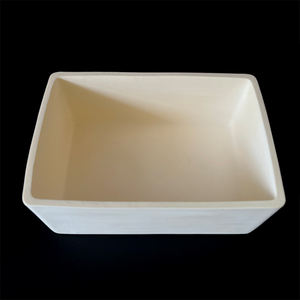
Refractory Mullite / Cordierite Ceramic Component For Heating
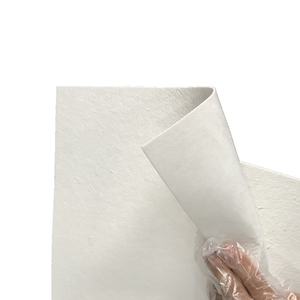
Refractory Al2o3 Ceramic Ferrule 95% Alumina Ceramic Tube
